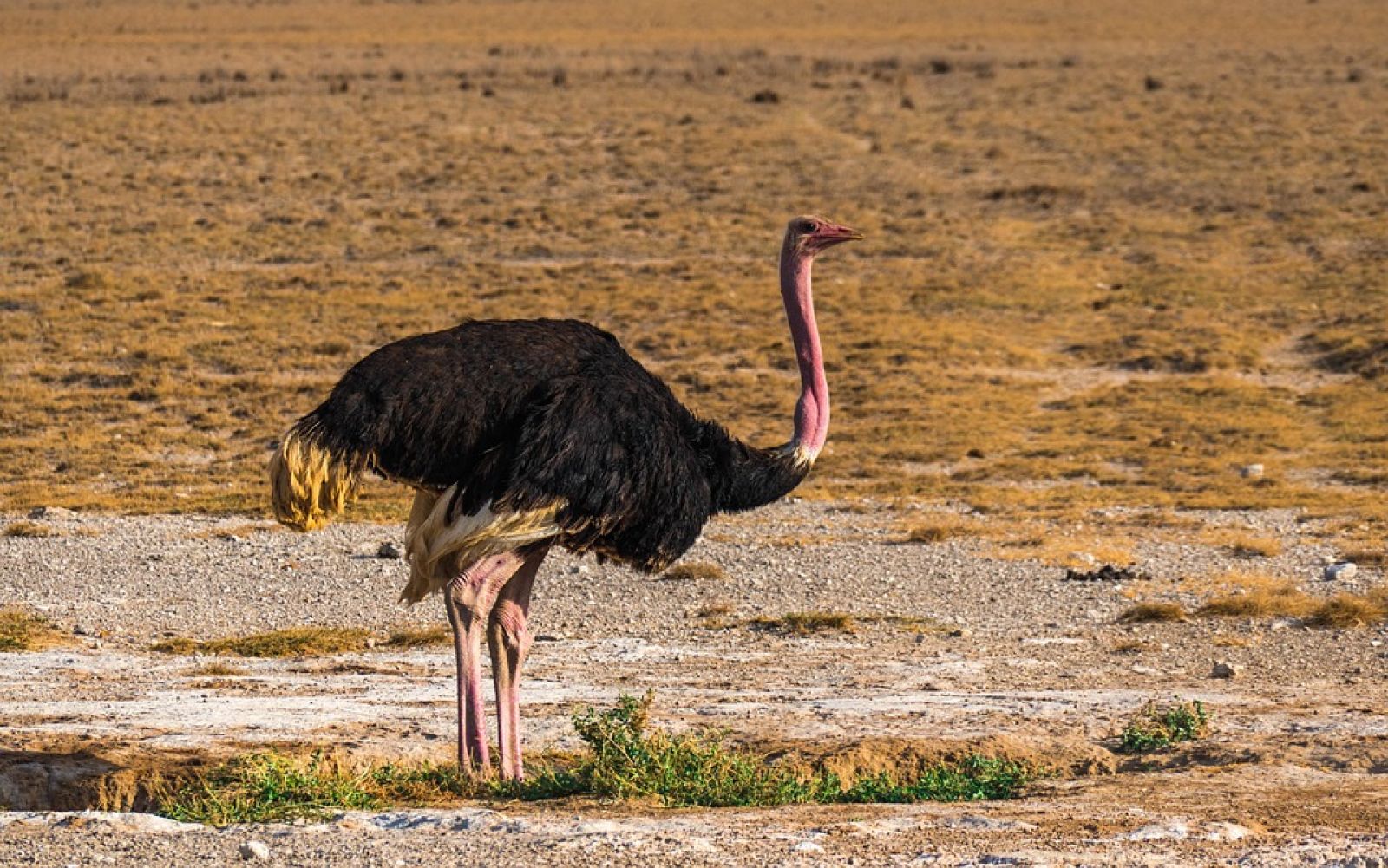🦤 How giant birds conquered the world without flying
Follow us on Google News (click on ☆)
So how did they colonize such distant lands? A mystery that may find its answer in the distant past, thanks to exceptionally well-preserved fossils.

Pixabay illustration image
An old hypothesis suggested that the ancestors of these birds, called paleognaths, simply walked to these regions when all lands were united in a supercontinent named Pangaea, between 320 and 195 million years ago. When Pangaea fragmented, the birds would have become isolated on different continents. However, this idea does not hold up against genetic data, which indicate that the last common ancestor of paleognaths lived about 79.6 million years ago, long after the breakup of Pangaea.
To solve this mystery, Klara Widrig, a vertebrate zoologist at the National Museum of Natural History in Washington, and her team studied a remarkable fossil of Lithornis promiscuus, an ancient paleognath dating back 59 to 56 million years. Although it may not be the direct ancestor of current species, it offers the best insight into their appearance and capabilities. The detailed analysis of its sternum, the bone to which flight muscles attach, revealed striking similarities with modern birds capable of prolonged aerobic flight, such as herons and egrets.
These results, published in Biology Letters, indicate that Lithornis promiscuus could perform flapping flight over long distances, potentially allowing it to cross oceans. This ability would explain how ancestral paleognaths were able to reach isolated continents. Once established, these birds independently evolved toward gigantism and loss of flight, a phenomenon called convergent evolution, where different species develop similar traits in response to comparable environments.
Conditions favorable to flight loss include the absence of predators and accessible ground-based food. After the extinction of non-avian dinosaurs 66 million years ago, the world was largely devoid of large predators, offering a unique opportunity for ground birds to abandon flight, which is energy-intensive. Later, with the emergence of new mammalian predators, some species became imposing like the cassowary, while others developed fast running like the ostrich.
Today, paleognaths include about 60 species, from flying tinamous to nocturnal kiwis, as well as emus and ostriches. Their evolutionary history illustrates how major geological and ecological events have shaped current biodiversity, without any need for coordination between species, as Klara Widrig humorously points out.
Convergent evolution
Convergent evolution occurs when unrelated species develop similar characteristics in response to comparable environmental pressures. For example, the wings of birds and bats evolved independently for flight, although their ancestors are very different.
In the case of paleognaths, several lineages of flightless birds emerged on different continents, each adopting large size and robust legs. This is explained by similar ecological niches: absence of predators and ground-based food resources.
This phenomenon is common in nature. Dolphins and sharks, although one is a mammal and the other a fish, both have a hydrodynamic shape for efficient swimming. Similarly, cacti from the Americas and euphorbias from Africa developed spines and water-storage tissues under desert climates.
Convergent evolution shows how natural selection can produce analogous solutions to similar challenges, without the need for close kinship between species.